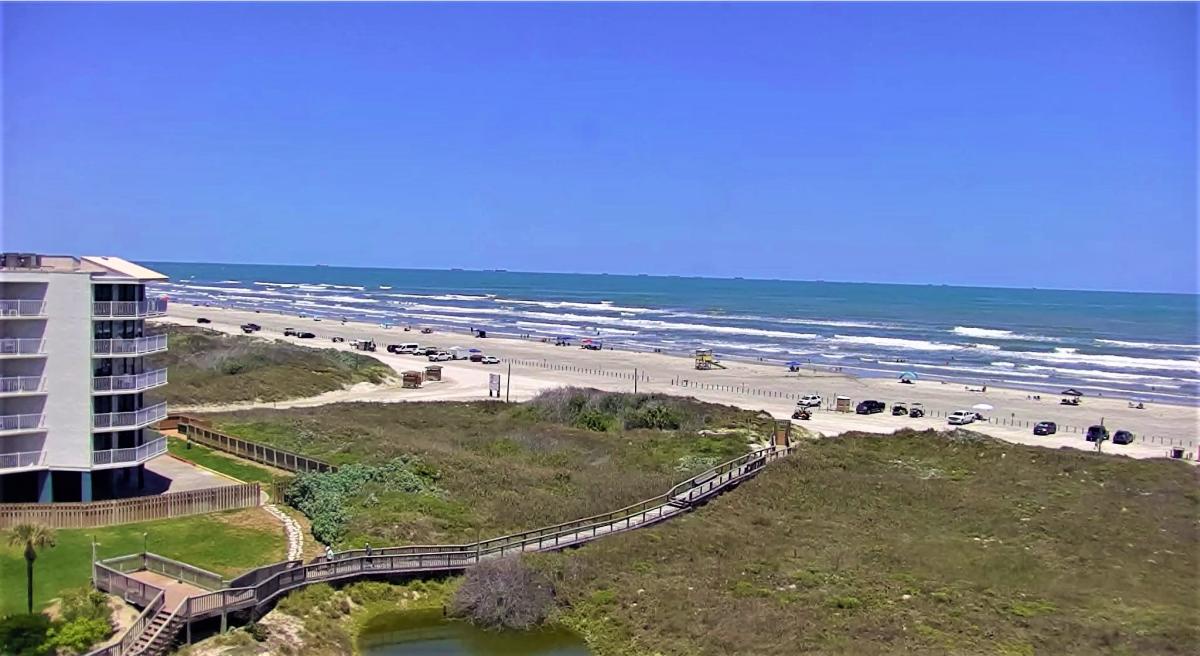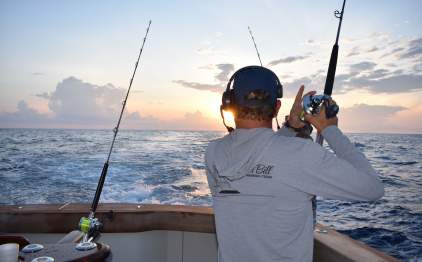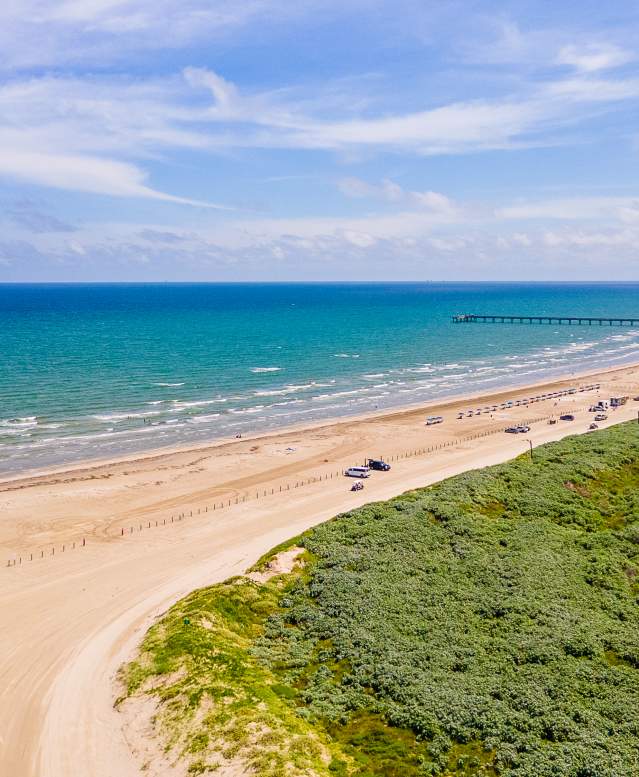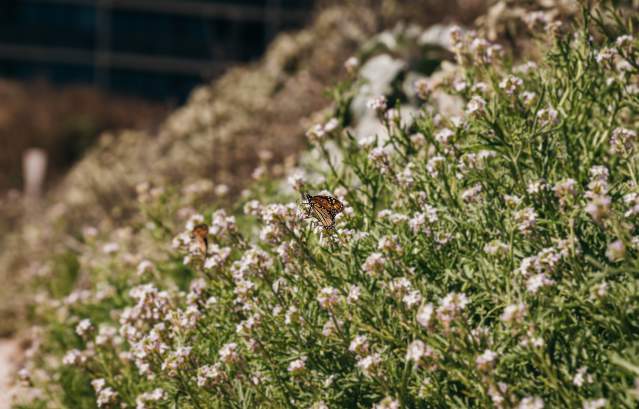Dune Safety and Protection in Port Aransas
Keep Our Beaches Thriving
Aside from their beauty and significance to the observer, sand dunes are also critical to the ecology of Port Aransas. They form from a buildup of sand that blows in on coastal winds from the Gulf of Mexico. The dunes provide natural infrastructure to protect the island from geohazards, including extreme tidal changes, erosion, and storm surge.
The dunes also serve an important role as the habitat for several native plants and wildlife. Snakes, shorebirds, jackrabbits, gophers, squirrels, rats, opossums, raccoons, coyotes, and even the occasional white-tailed deer call the dunes home.
Visitors are advised to take extreme caution when entering the dunes. Children and pets should always be closely monitored. If wounded by a rattlesnake, call 911 or the Port Aransas EMS at (361) 749-4405.
Don't Mess with the Plant Life
All dunes and vegetation are protected under the Texas Natural Resource Code § 63.091 and 31 Texas Administrative Code (TAC) Chapter 15.
No Parking on the Dunes
Vehicles are prohibited from traveling on or parking on the sand dunes. Violators could be fined up to $200.00 under the City of Port Aransas Code 1980, Ch. 6, § 2(K).
What Are Sand Dunes and Why Are They Important?
Dunes serve as:
-
Natural storm protection
-
Wildlife habitat (including nesting grounds for sea turtles and birds)
-
A buffer between the beach and inland areas
They’re protected by both local and state laws.
Dune Do-Nots: What You Should Avoid
To help protect dunes, do not:
-
Walk, drive, or ride over them
-
Camp or build fires on dune areas
-
Dig into or disturb vegetation
⚠️ Violations may result in fines and penalties under the Dune Protection Act.
How to Respect the Dunes
-
Use designated beach access walkways or boardwalks
-
Obey all posted signs and fencing
-
Educate children about dune safety
-
Keep pets from climbing or digging in the dunes







